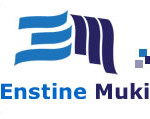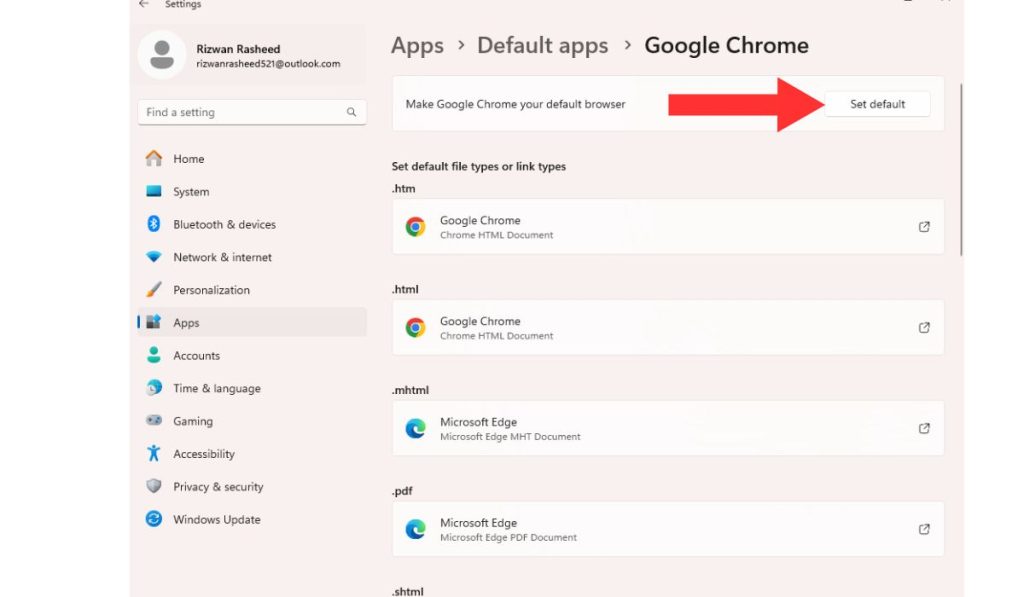Microsoft has long been a dominant presence in the world of personal and professional computing. Millions of users rely on its Windows operating system for everything from emails and spreadsheets to gaming and software development. However, just like any piece of technology, Windows operating systems have a lifecycle. Eventually, Microsoft stops supporting them—a move that can significantly impact security, usability, and even compliance. So what should you do when Microsoft pulls the plug on your version of Windows?
TL;DR (Too Long; Didn’t Read):
When Microsoft ends support for a version of Windows, it no longer receives security updates, technical support, or bug fixes, making it vulnerable to attacks and glitches. Your best options include upgrading to a supported version, switching to a different operating system like Linux, or taking cautionary measures to secure your system if you choose to continue using the unsupported OS. Ignoring the end of support isn’t advisable, especially for business or professional use. Now’s the time to plan your next move.
What Does “End of Support” Actually Mean?
When Microsoft announces the end of support for a Windows version—like it did with Windows 7 in January 2020 and plans to do with Windows 10 in October 2025—it means the company will no longer:
- Provide security updates or patches
- Offer technical support via chat, phone, or online forums
- Update system features or offer performance improvements
This makes any system still running the deprecated OS a prime target for hackers and malware. System vulnerabilities will remain unpatched, and you might also face software compatibility issues as newer applications avoid outdated platforms.
Option 1: Upgrade to a Supported Version of Windows
The most straightforward and secure option is to upgrade to a newer, supported version of Windows—like Windows 11.
Here’s how to go about it:
- Check system requirements: Make sure your hardware can support the new OS. Windows 11, for instance, has more stringent requirements than past versions.
- Backup your data: Before upgrading, use external drives or cloud storage to secure your files.
- Purchase a license: If you’re not eligible for a free upgrade, you may need to buy a full version of the new OS.
- Installation: Microsoft offers guided setups, or you can use a bootable USB drive for clean installations.
While upgrading ensures the latest security features and compatibility, not all older systems can handle a new OS, particularly in terms of memory and processor requirements.

Option 2: Switch to an Alternative Operating System
If your hardware isn’t compatible with Windows 11 or you prefer not to invest in another Microsoft license, consider installing an alternative operating system like Linux.
Linux distributions (or “distros”) like Ubuntu, Mint, and Fedora offer modern interfaces and are ideal for tasks like web browsing, office work, and even programming. They’re free, regularly updated, and supported by large communities.
Benefits of switching to Linux:
- No licensing fees
- Frequent updates and patches from open-source communities
- Lower system requirements, which is great for older hardware
- Large variety of software alternatives for common applications
Transitioning can come with a learning curve, especially if you’re used to the Windows ecosystem. But for many users, it’s a cost-effective, secure, and empowering choice.
Option 3: Continue Using the Unsupported OS (With Caution)
This might be tempting if you rely on legacy software or can’t afford an upgrade right away. However, running an unsupported OS puts your entire system at risk. If you go this route, take several precautions:
- Disconnect from the internet: If you’re using the device solely for local tasks, keeping it offline minimizes exposure to online threats.
- Use third-party security software: Updated antivirus and anti-malware tools can offer some defense, though it’s not foolproof.
- Avoid downloading new software: New applications may harbor vulnerabilities or be incompatible with the old system.
- Restrict user access: Limit what users can install or change on the machine to prevent unintentional installations of malicious software.
This approach should only be temporary—it’s a stopgap, not a long-term solution.
Business Users: Special Considerations
If you’re running a business, the stakes are even higher. Unsupported systems can lead to data breaches, compliance violations (especially with regulations like GDPR or HIPAA), and lawsuits. Microsoft usually offers extended support plans for enterprise users—for a price. But even that is a short-term fix.
Here’s what companies should do:
- Conduct a security audit to assess risks tied to outdated systems
- Create a migration plan for all machines using unsupported Windows versions
- Train staff on new software and security best practices
- Consult IT professionals for customized strategies, especially for complex infrastructures
Don’t gamble with your company’s data. When Microsoft cuts support, it’s a clear signal that it’s time to move on.
What About Your Files and Software?
The good news is that your files won’t disappear, and many programs will still work—even after end-of-support deadlines. But over time, you may discover that:
- Newer apps won’t install or function correctly
- Browser support dwindles, making web access buggy or unsafe
- Security features—like modern encryption—become unavailable
It’s wise to begin migrating essential documents, media, and projects to external storage or cloud services to prepare for what comes next.
Environmental Impact and E-Waste
It might be tempting to toss out your old PC and buy a new one with Windows 11 pre-installed, but this approach contributes to e-waste. Consider upgrading your existing hardware if possible or repurposing your old PC as a file server, media center, or for educational projects by installing lightweight alternatives.
Many organizations accept hardware donations or specialize in computer recycling, making it easy to do the right thing for the planet.
Final Thoughts
Microsoft’s decision to end support for a Windows version isn’t a surprise—it’s part of a predictable lifecycle. But how you respond can have lasting effects on your digital experience, security, and even finances.
Whether you choose to upgrade, switch to Linux, or adopt strict safety measures while continuing with the outdated OS, the key is to make an informed decision. Don’t wait until something goes wrong; plan now and stay ahead of the curve.
Remember: change is an opportunity. Embrace it, and your digital life will be more secure, efficient, and future-ready.

